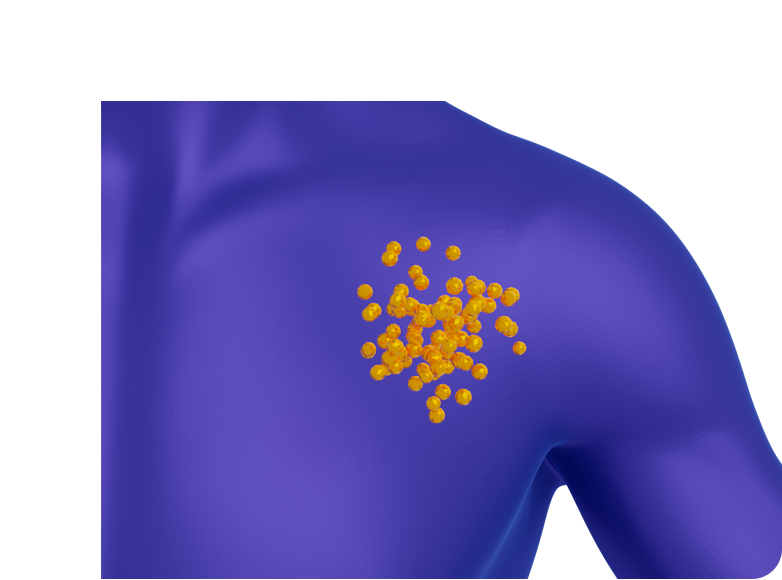Research
The BioWiNS Lab engages in multi-disciplinary research that includes various areas such as biotelemetry, biosensing, bioimaging, targeted drug delivery, wireless systems, radar systems, and nanosensor development.
The BioWiNS Lab engages in multi-disciplinary research that includes various areas such as biotelemetry, biosensing, bioimaging, targeted drug delivery, wireless systems, radar systems, and nanosensor development.
With the expected rise in bioimplants for diagnosis and therapy, the need to transmit data efficiently and effectively from bioimplants to an external device is of utmost importance. Biological tissue presents a unique medium for a wireless channel with a propagation path unlike a typical free-space environment. This, in conjunction with the low-power requirements of a bioimplant, presents an opportunity for novel systems design. We engage in all steps of the development of biotelemetry devices, including modeling the propagation channel, systems-level design, and the fabrication and testing of our designs.
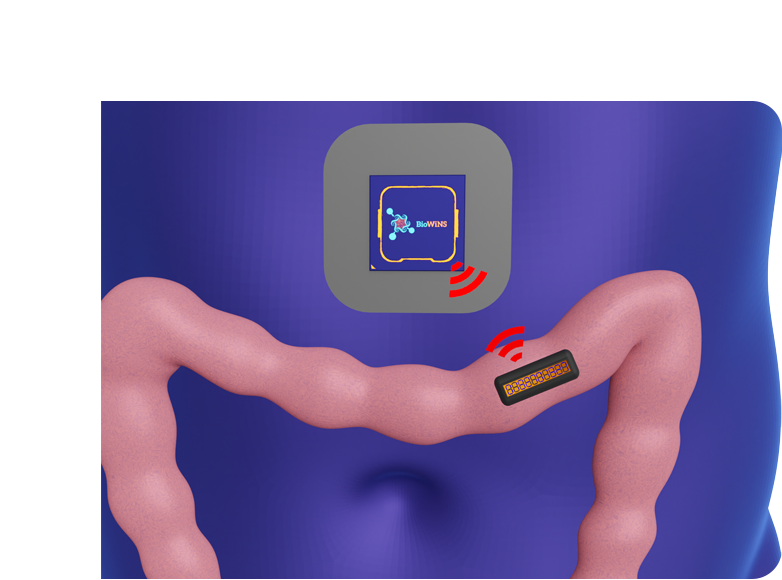
Biosensing, which involves detecting physiological changes within a living organ system, has become a valuable tool in the biomedical field. It enables healthcare providers to quickly perform necessary therapeutic interventions, thereby aiding in the patient’s recovery process. Our research is dedicated to developing advanced biosensors to monitor the physiological status of damaged tissues in patients. We focus on both the design of the hardware and the creation of innovative signal processing and machine learning algorithms to ensure high-quality sensor measurements.
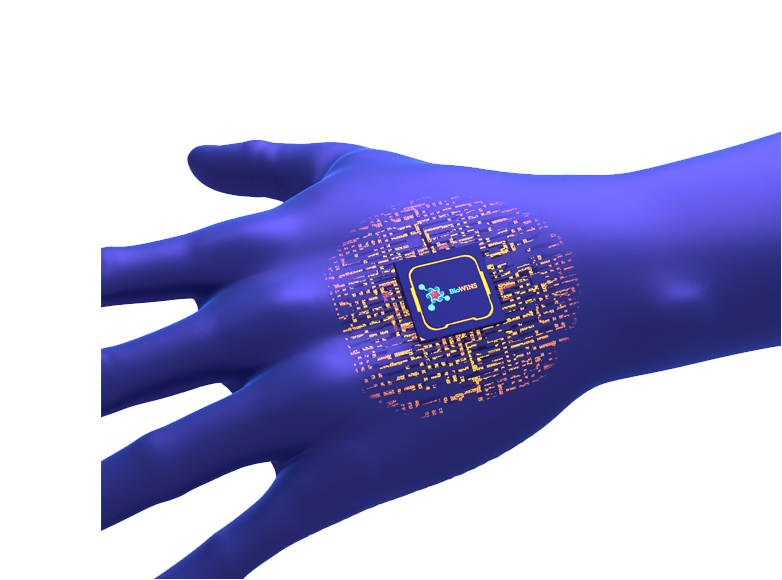
We are pioneering innovative applications of radiofrequency (RF)-induced thermoacoustic imaging (RF-Acoustics) for bioimaging purposes. This non-invasive technique holds significant promise as a diagnostic tool for various diseases and cancers due to its ability to penetrate deep tissues, provide rich contrast, and achieve high spatial resolution. Our research includes both theoretical and experimental approaches, with the goal of refining the technique to reduce the RF power transmitted into the body while maintaining high-quality imaging results.
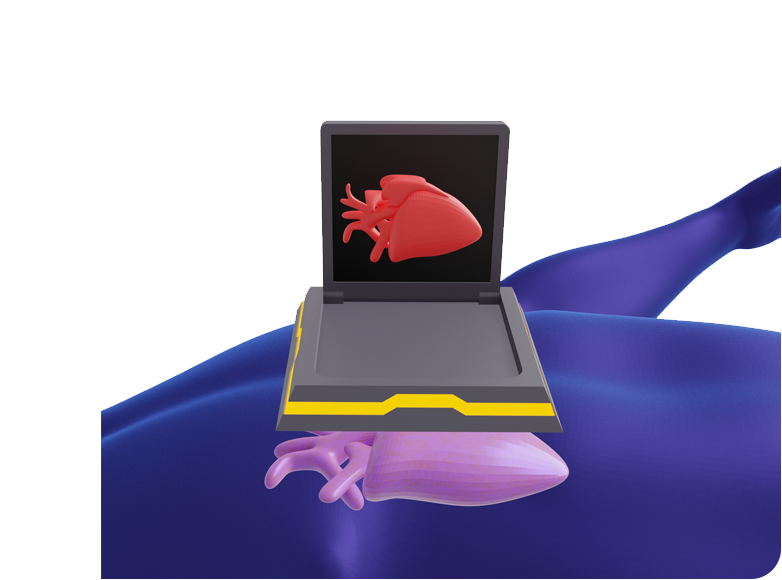
Our research focuses on targeted drug delivery systems and temporally stationed devices designed to systematically administer medication or provide relief to specific organ systems. We are developing ingestible devices that can deliver drugs directly to targeted locations within the gastrointestinal (GI) tract, as well as residency devices that can be intentionally retained to periodically release medication in the digestive system. An example of this technology is a proton pump inhibitor dispenser, which reduces the amount of acid produced in the stomach and is particularly beneficial for patients suffering from gastroesophageal reflux disease (GERD).
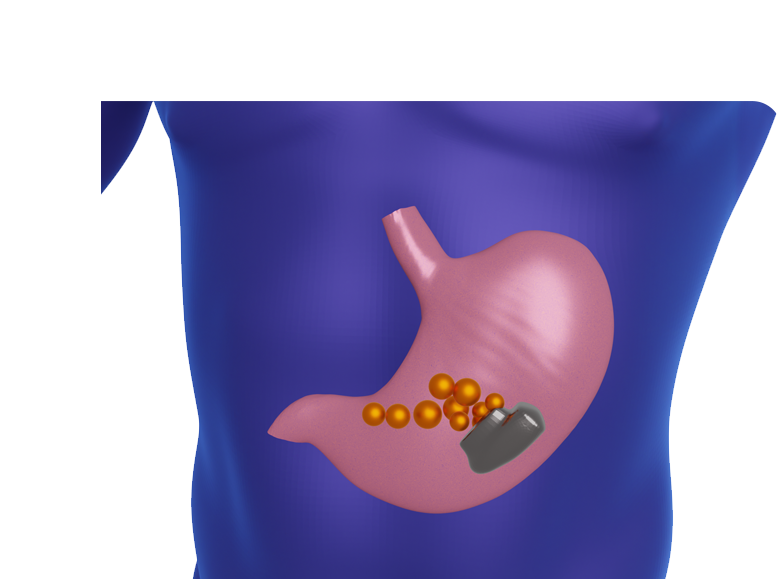
Our research is centered on the development of innovative multi-antenna transceiver systems for device-to-device (D2D) communication at millimeter (mm) wave and terahertz (THz) frequencies. We focus on designing systems that avoid the use of power-intensive digital-to-analog converters (DACs) and analog-to-digital converters (ADCs), as well as complex baseband processing. Our goal is to achieve high data rate communication while minimizing power consumption and simplifying system complexity.
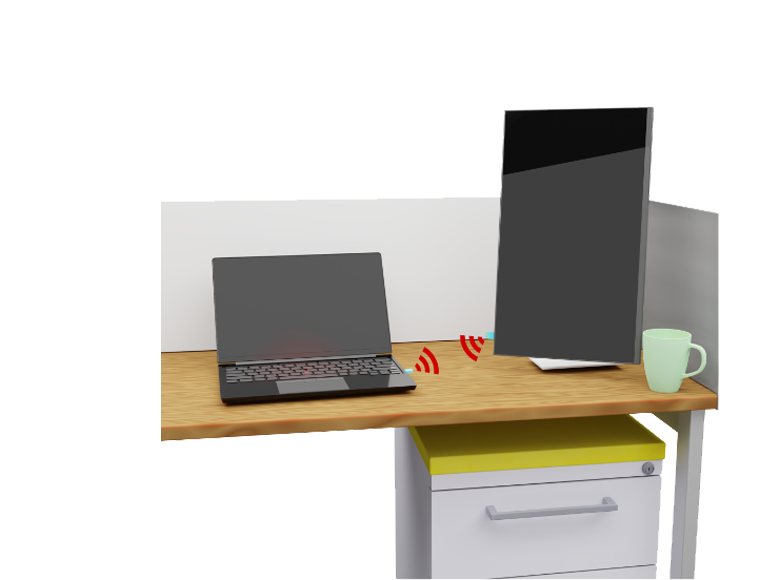
Our research is dedicated to advancing radar systems that enhance the detection, localization, and tracking of targets. We explore feature extraction techniques to distinguish between different targets, thereby improving overall detection accuracy. Our work spans a range of applications, from remotely monitoring human vital signs to tracking subjects in both densely populated indoor environments and sparse outdoor settings. We develop cutting-edge super-resolution signal processing and machine learning algorithms to achieve various objectives in detection and tracking.
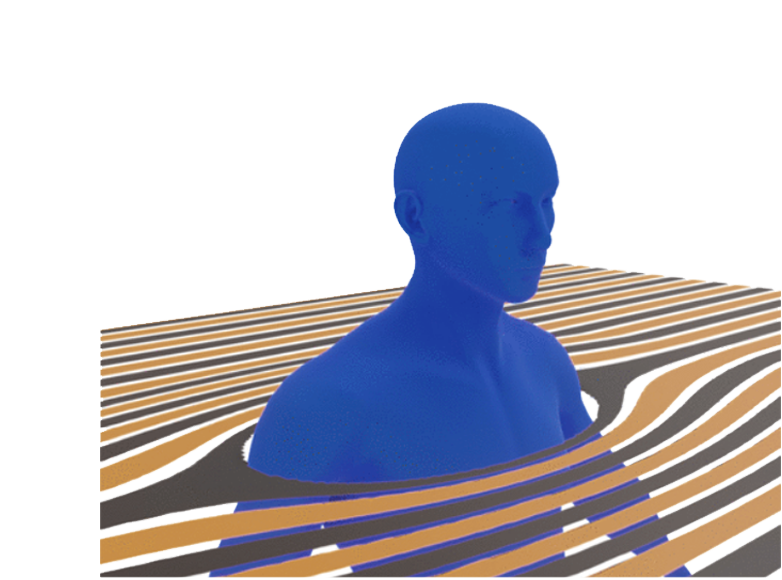
Nanosensors are designed to measure physical quantities and convert them into signals that can be detected and analyzed. These sensors generate signals by interacting with specific biological elements and then process these signals into valuable metrics. Our research group focuses on developing nanosensors that quantify the physical dynamics of cells, aiming to advance disease diagnostics and improve early detection capabilities.
